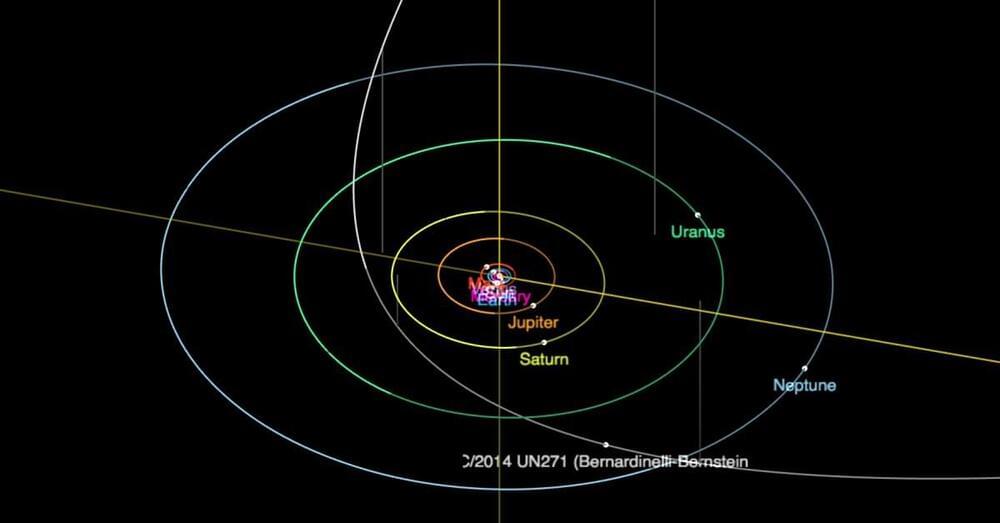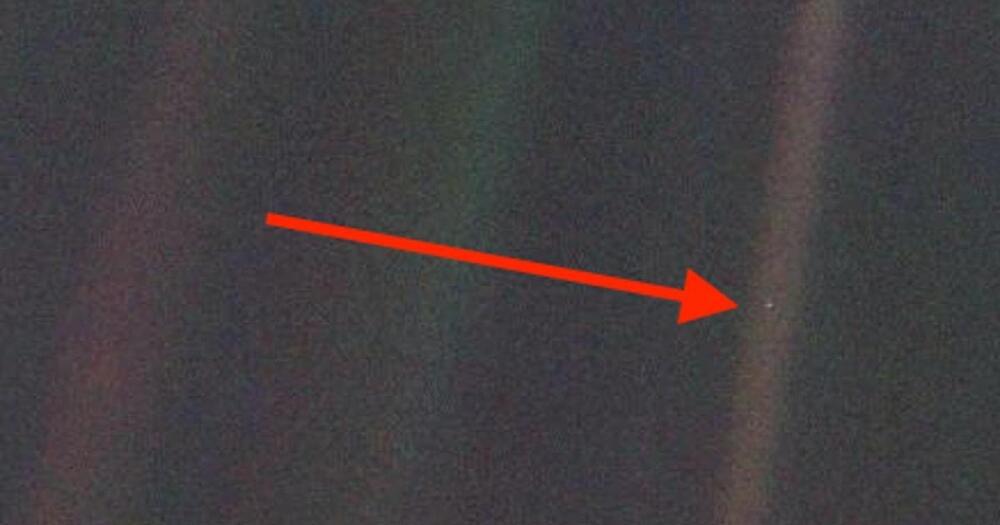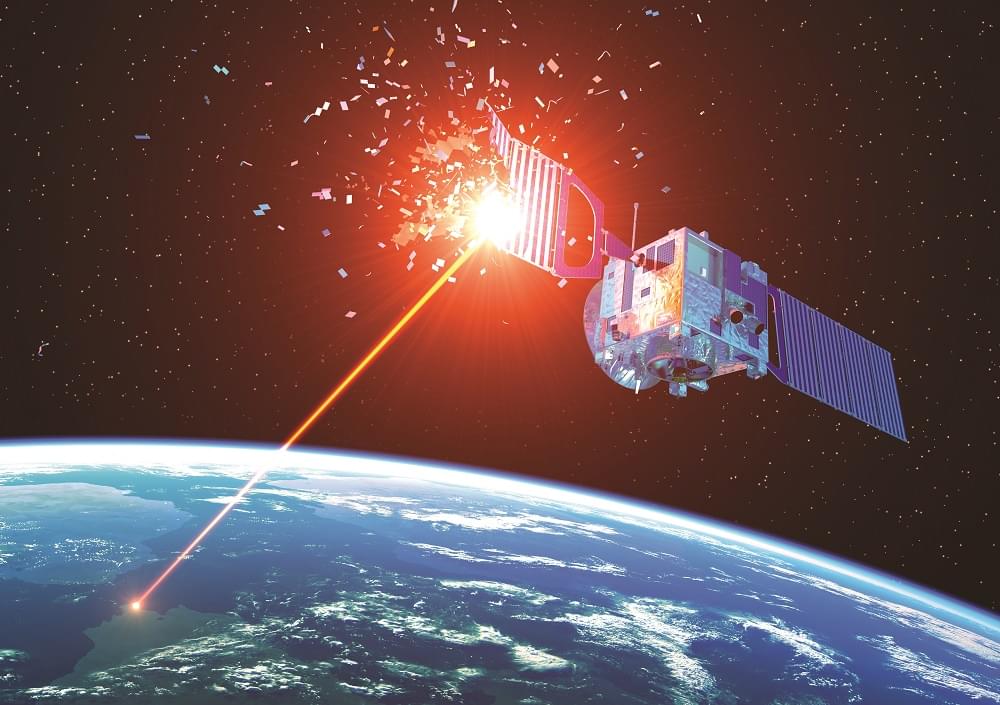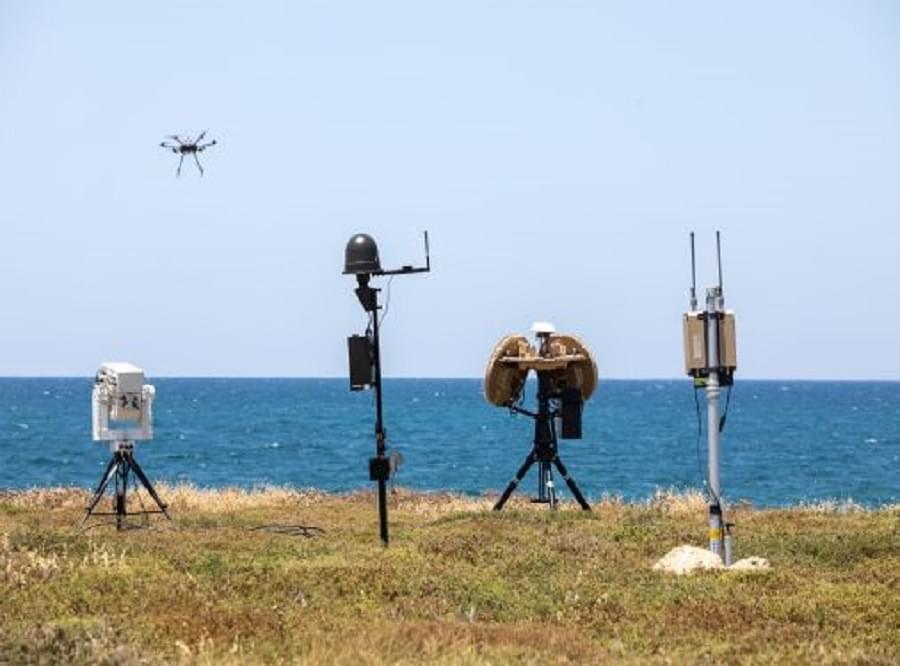Dr. Ryuki Hyodo. Credit: JAXA
At ISAS, researchers watched the progress with particularly keen attention. In just a few years from now, we are about to attempt the same feat of visiting the Martian sphere. But for us, the destination is not the red planet but its two small moons. The Martian Moons eXploration (MMX) mission is scheduled to launch in the fiscal year of 2024. Largely ignoring the looming presence of Mars, the spacecraft will focus its suite of observing instruments on the moons, Phobos and Deimos. The mission plans to land on Phobos and collect samples to bring back to Earth in 2029. It is these barren moons that scientists believe contain evidence of the early days of the Solar System, and how habitability may have flourished and died on the planet below.
Dr. Ryuki Hyodo is researcher in the division of Solar System Sciences at ISAS, working on simulations of how the moons formed. Hyodo holds one of the institute’s independent ITYF (International Top Young Fellowship) positions; a program designed to support and promote talented researchers from around the world in the early stage of their careers. He explains that the first mystery surrounding Phobos and Deimos is how they came to be there at all. In fact, there are two main competing theories for how the moons formed.





